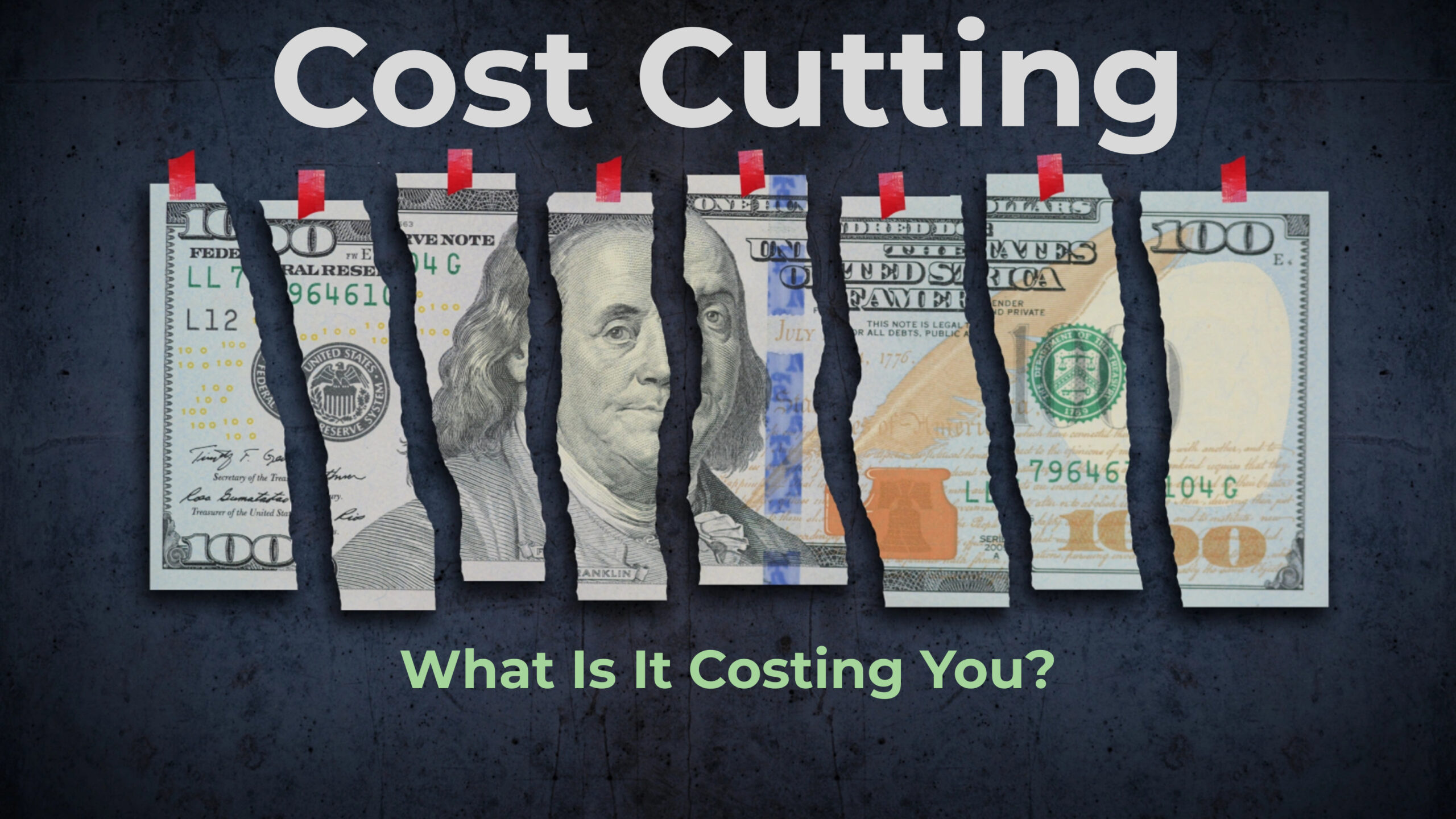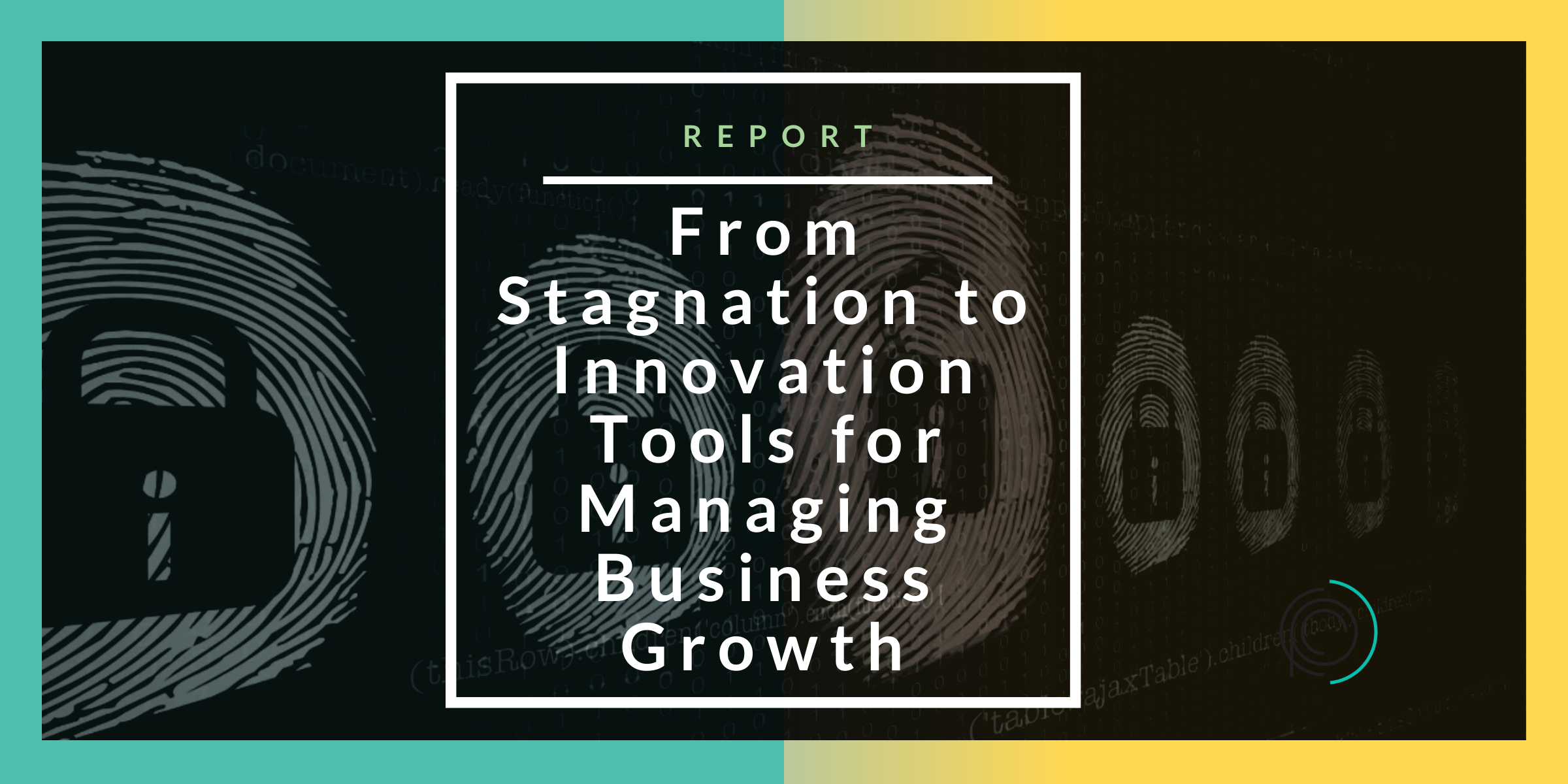Breaking the Chain: Proactive Strategies to Tackle Supply Chain Inefficiencies Before They Strike
The supply chain is known for its complexities, facing challenges like natural disasters, fluctuations in supply and demand, and unforeseen events such as the pandemic and the ongoing Ukraine-Russia conflict, which have heightened the difficulties. In this current landscape, businesses are urged to vigilantly anticipate and address potential inefficiencies within the supply chain, taking proactive steps to mitigate risks and optimize operations.
No business owner or manager doubts that inefficiency is bad, yet they sometimes fail to realize just how far-reaching the implications can be — especially regarding supply chains. A mistake at one stage in the chain will impact everything else, literally causing a “chain” reaction. Solving these problems is far more costly than preventing the inefficiencies in the first place, so let’s examine some common root causes — and how to stop them from holding you back.
The supply chain and inefficiencies
The manufacturing process is known for its high level of precision, requiring meticulous attention to small details. Even the slightest errors, no matter how tiny, can reverberate throughout the entire production chain, potentially leading to significant consequences. Therefore, a keen focus on accuracy and quality control is paramount to ensure optimal output.
For instance, a factory producing cars would need to use metal sheets of a specific size. So, if the metal arrived and turned out to be slightly too big or small, the factory wouldn’t be able to use it. The company would then have to spend an excessive amount of money on importing metal of the correct size, most likely from a far-off destination.
These mistakes aren’t just expensive — they waste time, cause delays, and leave customers unhappy.
With many supply chains still recovering from the delays and shortages that came during COVID-19 and geopolitical tensions, making last-minute replacements isn’t just a pricey inconvenience. It’s also extremely difficult, and sometimes downright impossible.
But why are these problems occurring in the first place?
Common Causes of Inefficiencies in the Supply Chain
Supply chains are interconnected with internal operations, and that’s where many things are going wrong.
A 2020 report from Resilinc analyzed supply chain disruptions and found that 83% of the problems they found were caused by human error. Believe it or not, one of the biggest culprits for inaccuracies in the supply chain is Excel. If someone accidentally enters an extra number on their spreadsheet, it can result in ordering the wrong quantity or measurements.
It might sound careless, but some estimates suggest that the average purchase order needs to be adjusted five times, with multiple people involved in the process. It shouldn’t come as a surprise when things go wrong, especially when you consider that Excel doesn’t offer any way to see real-time updates, making it tough to check for errors or last-minute changes.
Plus, most supply chains lack visibility and coordination, meaning workers involved at one stage in the chain are disconnected from all other stages. Then there’s the possibility of cyberattacks and the usual supply chain issues, such as fluctuating supply and demand and problems with logistics (like bad weather).
Poor Communication
Clear and effective communication is critical to a successful supply chain. When different departments or partners within a supply chain fail to communicate properly, it can lead to disruptions, delays, and errors. For example, if the production team fails to inform the logistics team about an upcoming increase in demand for a product, it can result in stock shortages and lost sales. To avoid this, businesses should establish clear communication channels between all parties involved in the supply chain and ensure that information is effectively shared and updated in real time.
Lack of Visibility
Many inefficiencies in the supply chain stem from a lack of visibility into inventory levels, transportation routes, and supplier performance. This can lead to overstocking or understocking of products, incorrect forecasting, and delays in delivery. To address this issue, businesses should invest in supply chain management systems that provide real-time visibility into all aspects of the supply chain. This will enable them to make data-driven decisions and quickly identify and resolve any issues.
Inadequate Risk Management
As mentioned earlier, unexpected events can significantly impact supply chains, and businesses must be prepared to mitigate any potential risks. However, many companies fail to have a robust risk management plan in place, leaving them vulnerable to disruptions such as natural disasters or political conflicts. To prevent this, businesses should conduct a thorough risk assessment and develop contingency plans to minimize the impact of any unforeseen events.
Lack of Automation
Manual processes and outdated technology can lead to inefficiencies in the supply chain. Tasks such as manual data entry, paper-based documentation, and manual inventory management are not only time-consuming but also prone to human error. By implementing automation and modern technology, businesses can streamline processes and improve accuracy, leading to a more efficient supply chain.
Inefficient Supplier Management
Suppliers play a critical role in the supply chain, and any inefficiencies on their part can have a significant impact on the entire process. Common problems include poor quality control, delayed deliveries, and lack of product availability. To avoid these issues, businesses should carefully select reliable suppliers and establish clear expectations and communication channels to ensure the timely delivery of high-quality product
How to make supply chains more efficient
So now we come to the million-dollar question: How can we make supply chains better and more efficient? While there is no one-size-fits-all solution, here are a few strategies that can help:
- Digitize processes and implement automation: By digitizing manual processes and implementing automation, businesses can reduce the risk of human error and streamline operations.
- Enhance communication and collaboration: Clear communication and collaboration between all parties involved in the supply chain can prevent delays, errors, and inefficiencies.
- Improve visibility: By investing in supply chain management systems, businesses can gain real-time visibility into inventory levels, transportation routes, and supplier performance, enabling them to make more informed decisions.
- Implement risk management strategies: Businesses should conduct a thorough risk assessment and develop contingency plans to mitigate any potential disruptions.
- Establish strong relationships with suppliers: By carefully selecting reliable suppliers and establishing clear expectations and communication channels, businesses can ensure timely delivery of high-quality products.
While the supply chain may seem like a complex web of interconnected processes, there are steps that businesses can take to make it more efficient. By addressing common issues such as poor communication, lack of visibility, inadequate risk management, and inefficient processes, businesses can improve their supply chain and ultimately enhance their overall operations. By continuously evaluating and optimizing the supply chain, businesses can stay ahead of potential problems and ensure a smooth flow of products from production to delivery. So keep these strategies in mind and work towards creating a more efficient supply chain for your business.
When the supply chain is failing, the broad reason behind it is systems that are failing. So, the clear solution is a better system. Pay some attention to how your processes are running, including:
- People
- Processes
- Technology
- Customer experience
Let’s start with people. Instead of pointing the fingers at employees who make mistakes, ask yourself why this is happening in the first place. Are they overworked and therefore more likely to make errors? Or maybe your processes don’t allow an opportunity for everything to be checked and verified, resulting in errors being missed. Map out exactly what your supply chain looks like and what happens at each stage, then identify potential risks along the way. Are there any you can minimize, or maybe you can create an emergency response for the worst-case scenario?
Then there’s the technology. Nowadays, Excel can be replaced by an AI-driven solution that does a better job of detecting human errors. In fact, it can sometimes combine with IoT technology to track exactly what is happening with an inventory. Also, while Excel doesn’t facilitate collaboration or offer ways to see real-time updates, plenty of other tools do.
Finally, even if you do encounter an error that results in a delay, the least you can do is keep customers updated on what’s happening at every stage to mitigate their frustration. It’s now possible to track a shipment throughout the supply chain — why not provide this data to your customers?
Kiss those inefficiencies
Even if you haven’t yet experienced a major error due to supply chain inefficiencies, it doesn’t mean you shouldn’t start protecting yourself against them today. No business is immune, especially one that isn’t following the advice outlined above. Identify where the holes are now, and plug them in case the worst happens. By staying up-to-date on current technology and implementing efficient processes, your business can stay ahead of potential supply chain issues and ultimately deliver a better experience for customers. So let’s kiss those inefficiencies goodbye and embrace a future of streamlined and efficient supply chains!
Still have questions? We can help you to map the journey of your supply chain so you can minimize potential risks. To find out more, book a consultation today.







